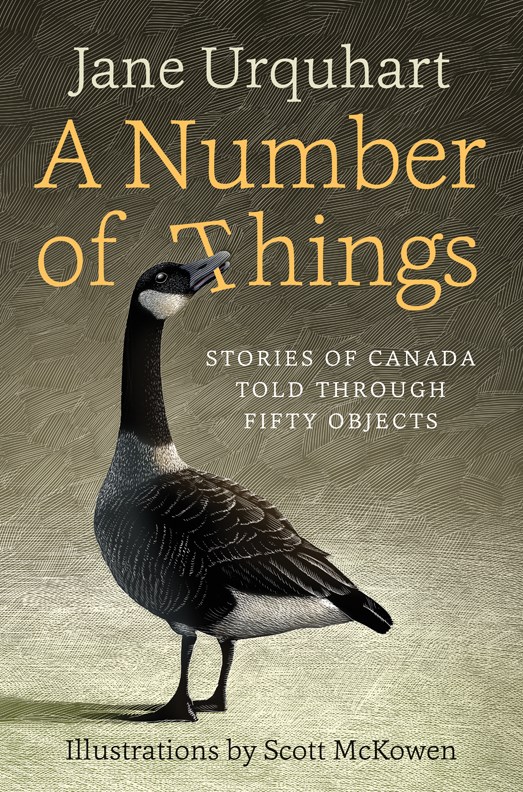Author Jane Urquhart will be reading at the Arts Centre in Sechelt on Aug. 10 at 8 p.m. from her recent book A Number of Things – Stories of Canada Told Through Fifty Objects. Tickets for the reading are $20 at www.share-there.com or by calling 604-885-5412.
Coast Reporter caught up with Urquhart by email last week to ask a few questions while she was on her way to Ireland.
Coast Reporter: You usually write fiction. Were you tempted to turn these vignettes into fictionalized stories?
Jane Urquhart: Every now and then I would come across a detail that would hold my attention, or a person who would intrigue me, and I would feel the fiction writer stirring in my brain. But this was a very different process.
CR: How did you make your decisions of which objects to cover? Did you strive for a balanced selection? For example, you write about Wolfe/Montcalm and General Brock, but not about leaders of a different culture.
JU: When I was commissioned to write this book (by the publisher HarperCollins) I was asked to take a personal approach and to add some autobiographical information. So, of course, the book, to a certain extent, reflects my own cultural background. That being said, I was very conscious of and interested in the diverse cultures of Canada and very attentive to making it clear that Canada did not begin with Western contact. I would argue, for instance, that Shanawdithit, who – through her drawings and oral history – passed down to us what we know about her people, was a true leader. (Ed. note: Shanawdithit is mentioned in the story titled Legging.)
CR: At one point you note that the book has given you a perspective on Canadians as having a spiritual nature. Could you elaborate on that?
JU: Perhaps I felt the spirituality of Canadians when I wrote about the places in which various cultures have worshipped, which I did on at least three occasions. And I could feel the deep spiritualism attached to the Indigenous parts of the book as well, how it entered and continues to enter virtually every aspect of Indigenous life.
CR: At the Arts Centre in Sechelt, artists have been selected by curator Ian Macleod to be inspired by your stories – without seeing the illustrations in the book. Have you seen any of their artwork yet?
JU: I have not seen any of the artwork yet, but am greatly looking forward to it. Visual art has, of course, already played a big part in the book, as exemplified by Scott McKowen’s extraordinary drawings as well as the extraordinary Indigenous work cited in the book.
CR: Any comments on how the book has been received by the general public?
JU: The book seems to have resonated, not just with my usual literary readers, but with a lot of people from beyond that particular group. I am very, very gratified by that.



